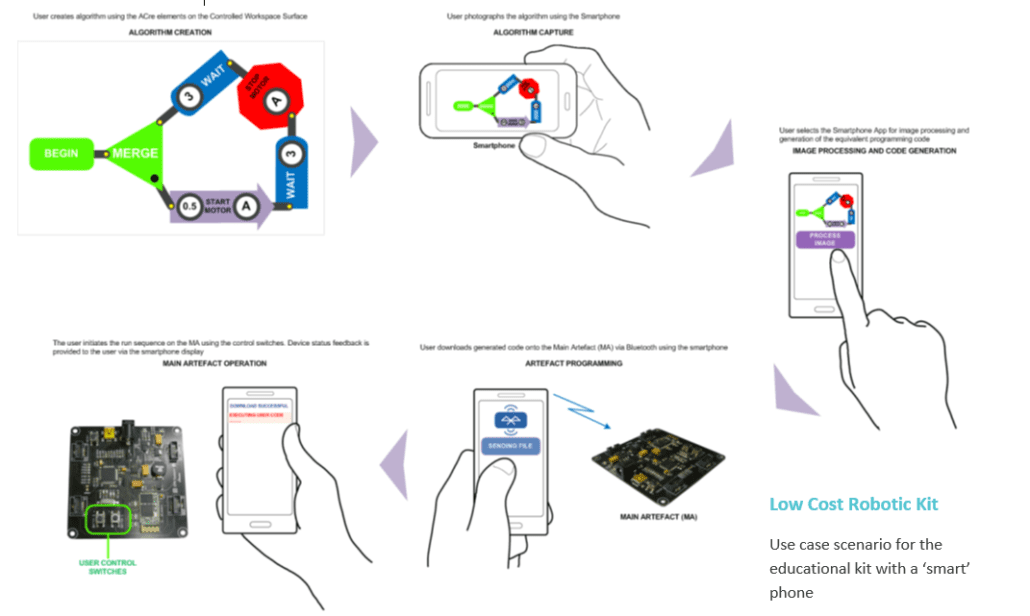Globally there are many challenges facing our educational systems. Two areas of concern are:
- The lack of multimodal teaching styles in the classroom
- The lack of access to Technology and Engineering (T+E) experiences for our children.
Multimodal Teaching Styles:
Multimodal teaching is a form of teaching which recognises that we internalise information in various ways namely:
Looking; Listening; Doing (tactile, touching, feeling)
In many classrooms, teachers continue to deliver lessons in a lecture style i.e. they stand before their students and dictate. Some teachers even manage to engage their students in discussions. However, this style of teaching appeals to the child who learns through looking and listening, what about those children who learn through doing? Children who learn predominantly through doing are placed at a disadvantage in a lecture style classroom and invariably perform poorly resulting in their being labelled as slow learners.
Technology and Engineering:
Technology continues to evolve at a rapid pace. Today it is very difficult for any individual to function without some form of technology savvy. The citizen of tomorrow needs to understand the impact of technology on daily living and what drives this technology (from design straight through to societal impact). Our greatest challenge lies in exposing children to Technology and Engineering (T+E) based learning experiences in the classroom in a sustainable manner. The teaching of T+E principles requires heavy experimentation and practice of the concepts in order to understand their application. Currently robotics is one mechanism through which T+E material can be delivered. However the total cost (initial and cost of ownership) of quality robotic kits is significantly higher than that which can be afforded by many schools.
Low cost kit:
The kit presently being field tested is priced to be inline with the cost of a standard school text book. This pricing will allow the student to purchase the kit as part of their book list. Thus each student would be able to afford a robotic kit to aid in their learning. Through this approach it is hoped that several things would be achieved:
- A greater sense of ownership from the student
- Learning is extended beyond the classroom
- Students would feel free to experiment further and even break the robotic kit
More sustainable model – kit ownership no longer lies with the school
